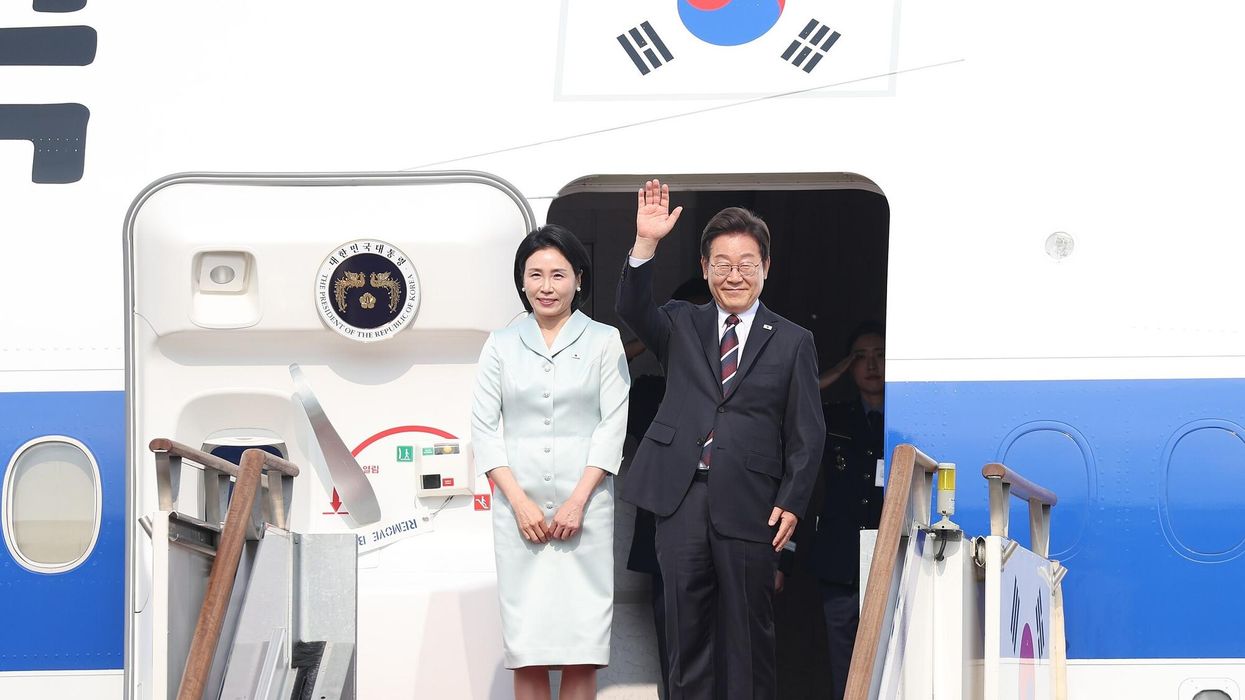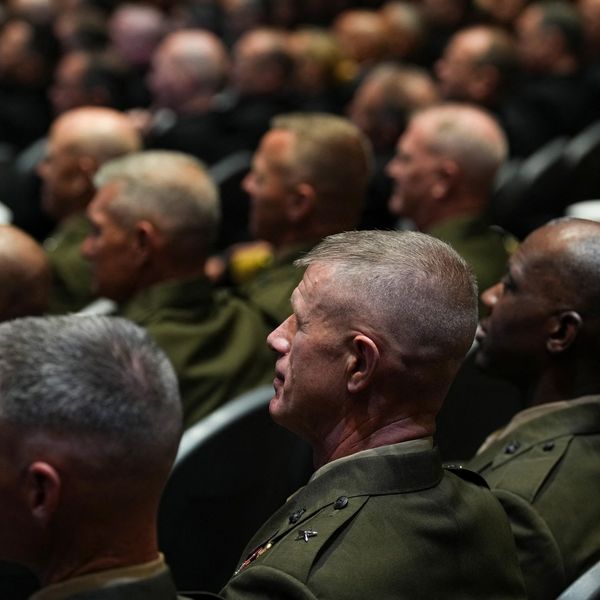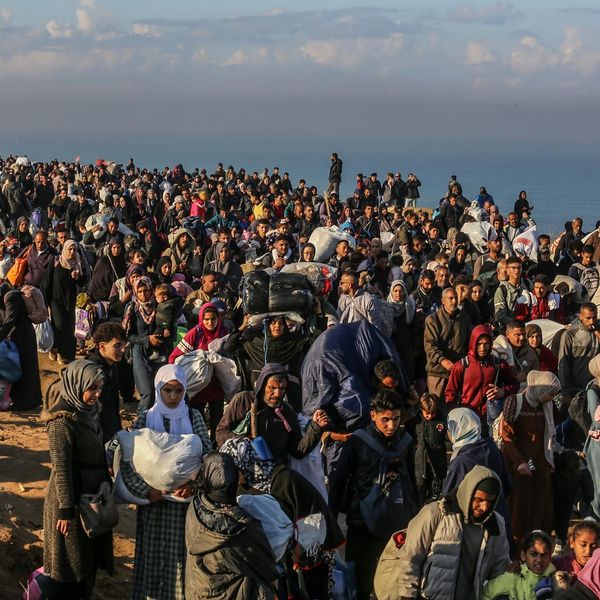A year and a half ago I heard former ISIL sex slave Nadia Murad speak before a packed crowd at the Doha Forum in Qatar. At that time, the soft-spoken but steely Nobel Peace Prize winner reported that there were some 3,200 Yazidi women and girls still in ISIL captivity. Sadly, as the Yazidi diaspora commemorates the 2014 massacre of their people in Iraq this month, reports indicate that number has barely budged, with around 2,800 still suspected in ISIL's hands today.
The Doha audience for Murad in December 2018 was rapt, some tearful and many, like myself, looking a bit ashamed that there had been no government-wide attempts to find the victims. That included the United States government, which had all but created the conditions for the rise of the Islamic State in Iraq, leading to the obliteration of Yazidi villages, the outright slaughter of thousands, and the displacement of some half a million people in 2014. Murad herself had watched her six brothers and mother killed before she was taken to be repeatedly raped and beaten in an ISIL-held house in Mosul. She managed to escape to tell her story.
This is the failure of U.S. foreign policy in the Middle East in stark relief: Washington’s unilateral invasion of Iraq in 2003 without comprehending nor preparing for what came next, then its complete disregard for the human pieces scattered everywhere when it left at the start of the Obama administration in 2011.
When ISIL began devouring Iraqi territory after the U.S. withdrawal from Iraq, killing, kidnapping and subjugating villages, President Obama sent troops and airpower back in to help the Iraqi government and Iranian-backed militias counter the mounting occupation. This included the Aug. 7, 2014 airstrikes on Mount Sinjar to save the Yazidis trapped there after the massacres began. The United States air-dropped aid afterwards, but that was it. The American people were weary of war, and Obama promised limited engagement.
The Yazidis are an ancient ethno-religious sect and considered heretics by Iraq’s Muslim population, though they have lived alongside one another for centuries. Unfortunately, the Yazidis were easy prey for ISIL and found little safe harbor from their Muslim, mostly Kurdish neighbors, as ISIL rampaged across northwestern Iraq in 2014. Only about 15 percent have returned to their homes in recent years, only to find burned out buildings, crumbling infrastructure, and crushing poverty.
The only real effort to rescue the kidnapped women and children has been from privately funded organizations that are in many cases paying ransom for their release. To be fair, through 2018 there were reports of coordination between the Kurdistan Regional Government and intelligence services in Turkey to locate and extract thousands of Yazidi victims who were smuggled there or had ended up in Turkish refugee camps. But recent news yields very little on the subject beyond lamentation over the 2,800 still out there, with hope dwindling as the years go by.
Meanwhile, after sparking the war that touched off a wave of human displacement over the last 18 years, the United States has all but closed its doors to refugees, leaving many victims of the violence wasting away in refugee camps. According to The Washington Post,the United States admitted 1,524 Iraqi Christians and 417 Yazidis from Iraq and Syria in 2016. In 2018, that number shrank to 26 Iraqi Christians and five Yazidis. The total continued to hover around single digits in early 2019, mostly because of the Trump administration’s crackdown on refugee admissions overall.
Unfortunately, even if the international community put 100 percent effort behind rescuing the captive Yazidis, there are serious complications standing in the way of these women healing and the community moving forward in any way one would call “becoming whole again.”
For example, last April, Yazidi faith leaders declared that while Yazidi women who were raped and forced into Islamic State marriages can return in acceptance to their villages, the children born of those rapes will not be recognized by the sect. This has caused a divide within the community, many of whom have been fighting for the women’s right to reunite with their families in peace and security.
Nadia Murad weighed in at the time, saying there were women in refugee camps who were afraid to come home because they did not know if their children would be rejected. She has counseled them to return anyway, and urges religious leaders to set the tone for acceptance. Meanwhile she has worked to hold the perpetrators of crimes accountable, again, to little avail.
The “status quo is destroying our community” and international inaction is enabling ISIL remnants to “accomplish their goal of eradicating the Yazidis from Iraq,” she said this month. Murad and human rights lawyer Amal Clooney addressed the United Nations Security Council last year in an ongoing attempt to open an International Criminal Court enquiry to try the Islamic State for its crimes. “No progress has been made,” Clooney said.
Also, in a joint statement the women said there “is no concerted attempt to search for or rescue over 2,800 women and children who remain missing and in captivity in Iraq and Syria.”
For the United States, the “status quo” seems to be breaking things and then walking away. In 2018, Vice President Mike Pence was able to direct $100 million in aid to religious minorities, including the Yazidis, in Iraq — a nod to religious liberty advocates who had been lobbying his office hard for attention. That was commendable and welcome, but what if he were to use that same power of the office to put muscle behind these stilted rescue efforts — particularly as some believe that many of the lost Yazidi women and children are now victims of even broader human trafficking networks?
It wouldn’t address all of the Yazidis’ current problems, but it would certainly line up with the Trump administration’s call to assist victims of religious persecution, and go the extra mile to change the perception that we are a nation unwilling to pay for what we break and leave behind.
















